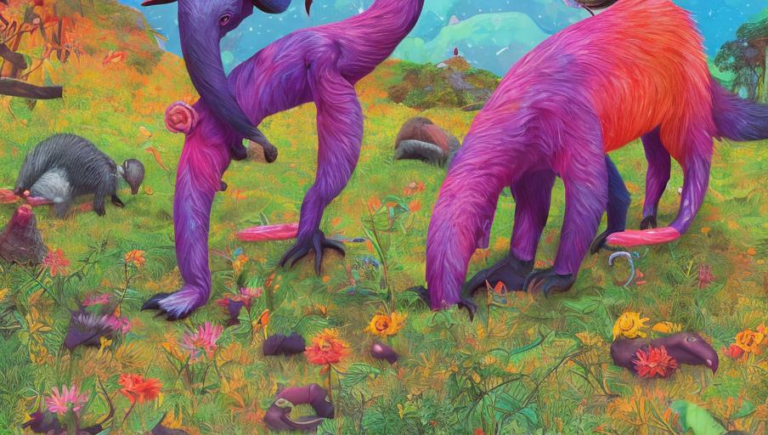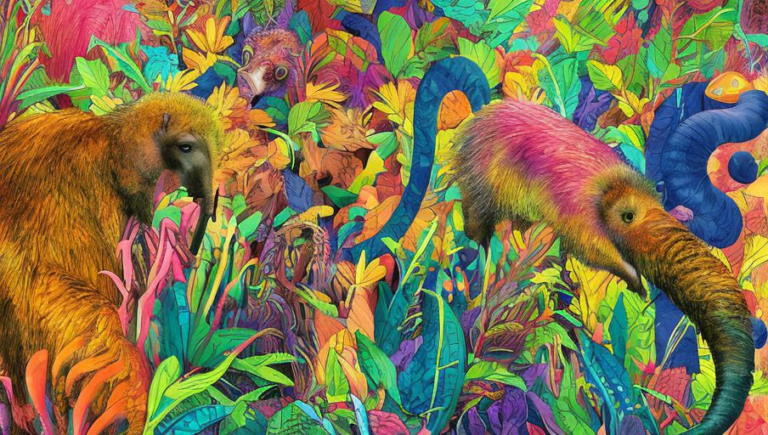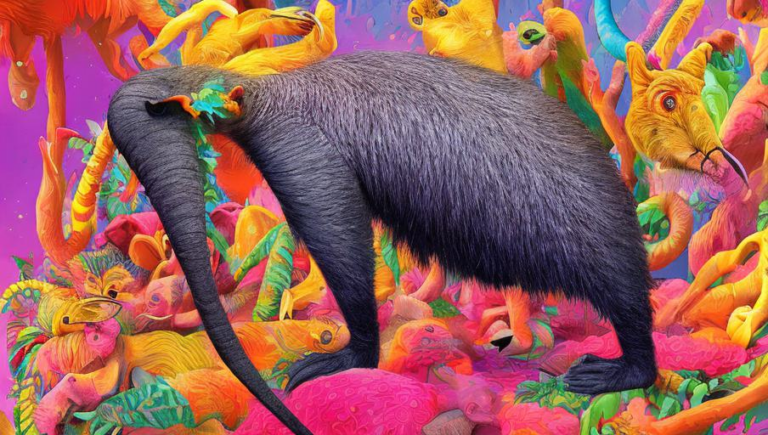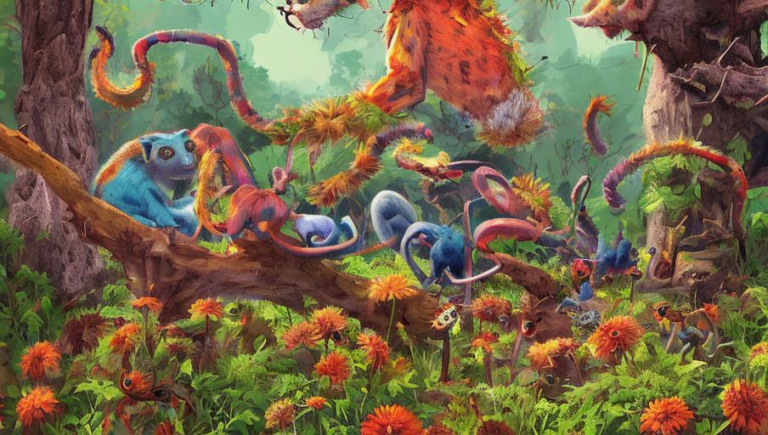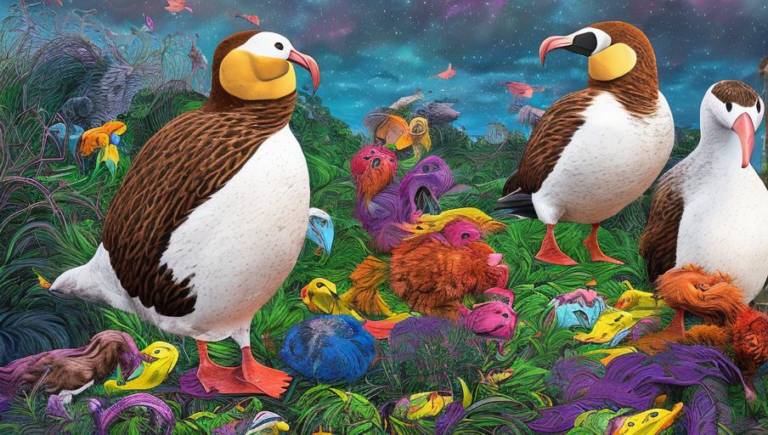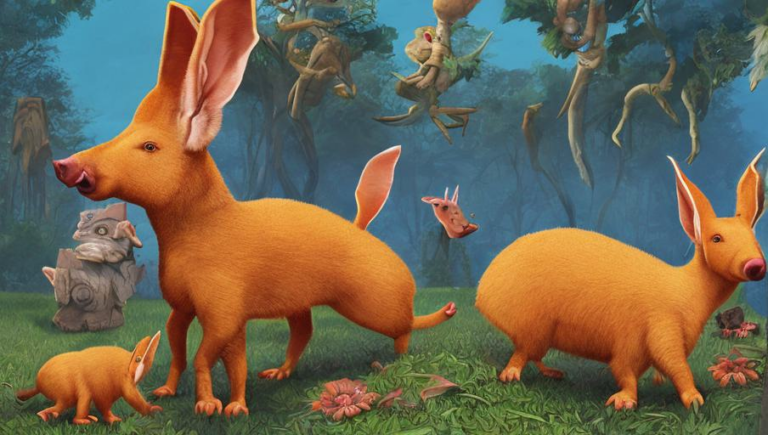Illuminating the Badger’s Diet and Eating Habits
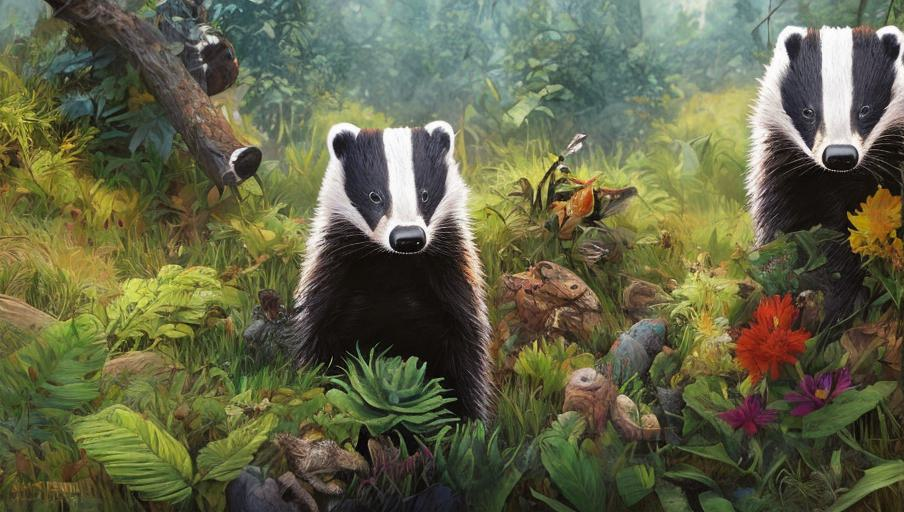
The Badger’s Diet
Badgers are medium-sized carnivorous mammals, most commonly found in the forests, grasslands, and other wild areas of Europe, Asia, and North America. They are known for their fierce and aggressive nature, and their diet reflects this. Badgers are opportunistic feeders, meaning that they will consume whatever is available and easily accessible.
The badgers’ diet consists of a variety of small animals, such as voles, mice, and birds, as well as eggs, insects, and worms. They will also eat larger animals, such as snakes, lizards, and even hedgehogs. In some cases, they have been known to feed on carrion, or dead animals, if they cannot find other sources of food.
Badgers are also omnivores and will sometimes eat plant matter, such as fruits, roots, and nuts. They will also eat fungi, which is particularly beneficial in winter months when food is scarce.
Badger Eating Habits
Badgers are solitary animals and do not live in groups. They will often hunt alone, and each badger will have its own territory. Badgers will often mark their territory with urine or feces to claim it as their own.
Badgers will usually hunt at night, when the sun has gone down and the air is cooler. This is when they are most active and are able to search for their prey more easily. During the day, badgers will usually rest in their burrows or hide in grass and undergrowth.
When hunting, badgers will use their powerful sense of smell and hearing to locate food. They will also dig and dig quickly to uncover their prey. Badgers are also adept climbers and can climb trees to reach food sources that are higher up.
Badgers will also store food, such as nuts and fruits, in their burrows for later use. This is especially useful during winter months when food is scarce.
The Impact of Humans on Badger Eating Habits
Humans have had a significant impact on the badger’s diet and eating habits. The destruction of habitats and the increase in agricultural practices have resulted in a decrease in the amount of food available to badgers. This has resulted in badgers having to travel further to find food, or resort to scavenging for food in urban areas.
The badger’s diet can also be affected by human hunting practices. The hunting of badgers for their fur or for sport has led to a decrease in their numbers, which has reduced the availability of food sources for them.
Humans can also have a positive impact on the badger’s diet and eating habits. The creation of wildlife reserves and the reintroduction of badgers into suitable habitats can help to ensure that badgers have a safe and plentiful food source.
Conclusion
The badger is a fierce and aggressive predator, and its diet reflects this. Badgers are opportunistic feeders and will consume a variety of small animals, as well as plant matter, eggs, and insects. They are also adept climbers and can climb trees to reach food sources that are higher up.
Humans have had a significant impact on the badger’s diet and eating habits. The destruction of habitats and the increase in agricultural practices have resulted in a decrease in the available food sources for badgers. Hunting of badgers for their fur or for sport has also had an impact on their numbers.
Humans can also have a positive impact on the badger’s diet and eating habits. The creation of wildlife reserves and the reintroduction of badgers into suitable habitats can help to ensure that badgers have a safe and plentiful food source.
